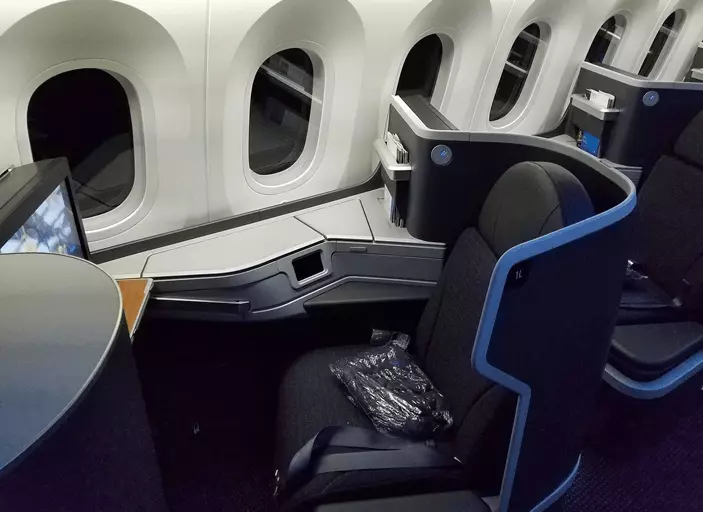In recent years, flight tracking services and websites have revolutionized the aviation industry, providing real-time and historical access to aircraft information, routes, positions, speeds, altitudes, and headings. ADS-B satellite tracking has made data available to aviation companies, media outlets, enthusiasts, and planespotters – not just air traffic controllers.
![]()
Providing flight tracking services
As a primary method of tracking aircraft, radar and onboard transponders are often used (and still are, of course). This makes aircraft visible to controllers, but the data cannot generally be accessed by others. ADS-B changes this, broadcasting unencrypted signals via 1090 MHz by aircraft, which can be picked up by anyone with a receiver and a 1090 MHz range antenna.
In addition to Flightstatus24.com and RadarBox.com, several other flight tracking services are also available. FlightRadar24.com, for example, started as part of another Swedish website in 2006. Founded as a full-service tracking service in 2009, it has been operating since then.
Tracking satellites using ADS-B
It is already well on its way to becoming mainstream as a satellite-based tracking method for aircraft known as Automatic Dependent Surveillance-Broadcast (ADS-B). In order to track aircraft, aircraft communicate with satellites to determine their location and broadcast this information to ATC. In addition to transmitting aircraft identification information, ADS-B can also receive weather updates, airspace information, and other reports from ADS-B aircraft (called ADS-B In).
In the US and Europe, all commercial aircraft are now required to install ADS-B technology, replacing radar tracking as the longstanding global standard method of aircraft tracking. The Next Generation Air Transportation System in the US and the Single European Sky ATM Research (SESAR) project are both enhancing ATC in both regions.
It isn’t just about using newer technology that ADS-B will change how aircraft tracking and ATC work. It will expand coverage in previously unreachable areas and allow for more efficient routing and spacing of aircraft. Additionally, aircraft data can be obtained by sources other than ATC, which is how flight tracking websites obtain it.
Data sourcing for ADS-B
Most commercial aircraft are now broadcasting ADS-B data (FlightRadar24.com estimates that 70% of all commercial traffic now has an ADS-B transponder), and this will continue to grow. The data must be collected. The majority of this is done by volunteers who operate and host ADS-B receivers.
It is mostly aviation enthusiasts who agree to install a receiver and aerial and connect it to the internet. In order to provide global coverage, a large network is needed. Each receiver will cover about 250-450 km (150-250 miles) in all directions.
It can now cover 100% of airspace above cruising altitude in Europe and the US, and this is increasing in many other regions.
Supplementing ADS-B with other data
Flight tracking relies primarily on ADS-B, but several other sources are also used.
To determine the position of aircraft without ADS-B transponders, multilateration (MLAT) uses data from several receivers. With MLAT, FlighStatus24.com covers most of Europe and the US airspace between 3,000 feet and 10,000 feet by measuring the differences between standard transponder signal receipts between multiple receivers, says Jeremiah Erasga of Flightradar Online..
Satellite-based ADS-B data can supplement ground-based receivers and provide coverage in other regions or over oceans. In some cases, even conventional radar sources can be used – FlightRadar24.com currently sources standard radar data for commercial traffic in North America and over parts of the Atlantic and Pacific oceans.












